You’ve gotta drink your water. Drink 8oz of water at least 8 times per day. Drink when you’re hungry. Drink when you’re not hungry. Drink a glass of water before all of your meals. During meals. After meals. Drink water when you wake up, and when you’re exercising, and when you pass your exam, and when you fail a muscle up. Drink. All. Of. The. Water.
Water. The more the better, amiright?
Maybe not. Maybe we’ve gone a little too far. Maybe, like most things in the nutrition and wellness industry, the one-size-fits-all approach is failing us, and our bodies.
As with most molecules you consume, there’s a sweet spot for water. Drink too little and you’ll experience hypohydration or dehydration. But drink too much and you’ll dilute blood sodium levels, known as hyponatremia (which is, despite what Dr. Oz says, much more common and often much more dire).
Yes, low sodium levels - and the associated muscle cramps, fatigue, and neurological symptoms - are an underappreciated problem. Hyponatremia gets less attention than dehydration (perhaps because sodium has been unfairly thrown under the proverbial health bus - not unlike saturated fat and sunlight - but those are topics for another day), but it’s arguably more dangerous. Symptoms of hyponatremia range from muscle cramps to headaches to fatigue to brain damage, and severe cases can be lethal. Athletes in particular are often urged to guzzle water before, during, and after events. In many cases, these overwatered situations end suboptimally with poor performance, or worse. But it is also true that the advice to simply “drink when you’re thirsty” doesn’t apply to every situation. Dammed nuance.
So, what should you do?
I like this definition of hydration: The quality or state of being hydrated (especially: the condition of having adequate fluid in the body tissues). The operative term here is adequate fluid in the body tissues. This is your goldilocks level of hydration. Not too little, but not too much either. Just right.
With that being said, the human body is an imperfect machine. Signals can get crossed, and “listening to your body” isn’t always the best advice. It also doesn’t help that the signs of hypohydration and those of hyponatremia are confoundingly similar. Being at high elevations is a good example of when the thirst mechanism doesn’t work in the same ways as at sea level. You might need more water than you think. Hot climates are another example. So much sodium, water, and other electrolytes (such as potassium and magnesium) are lost through sweat that some regimented hydration before thirst sets in might be wise. Long distance swimmers, in particular, should have a hydration strategy, as they have fewer opportunities to drink if thirst hits during training or competing. Finally, those on low-carb diets have increased hydration requirements. This is because low-carb diets keep the hormone insulin low, and low insulin tells the kidneys to excrete more fluid and sodium. Believe it or not, this is a primary cause of the dreaded “keto flu.”
Sooooo… ?
So here's your strategy. If you are an athlete, at high elevation, out in a particularly hot climate, or doing low-carb or keto (or any combination of these), you need to prioritize water and electrolytes, not just water. As stated before, there is no one-size-fits-all for this. I suggest that you take it upon yourself to rehydrate with water and electrolytes, drink to thirst, get adequate sodium, and monitor how you feel and perform. And, it would help to hire a nutritionist who is well-read on the subject. I think I know of one…
